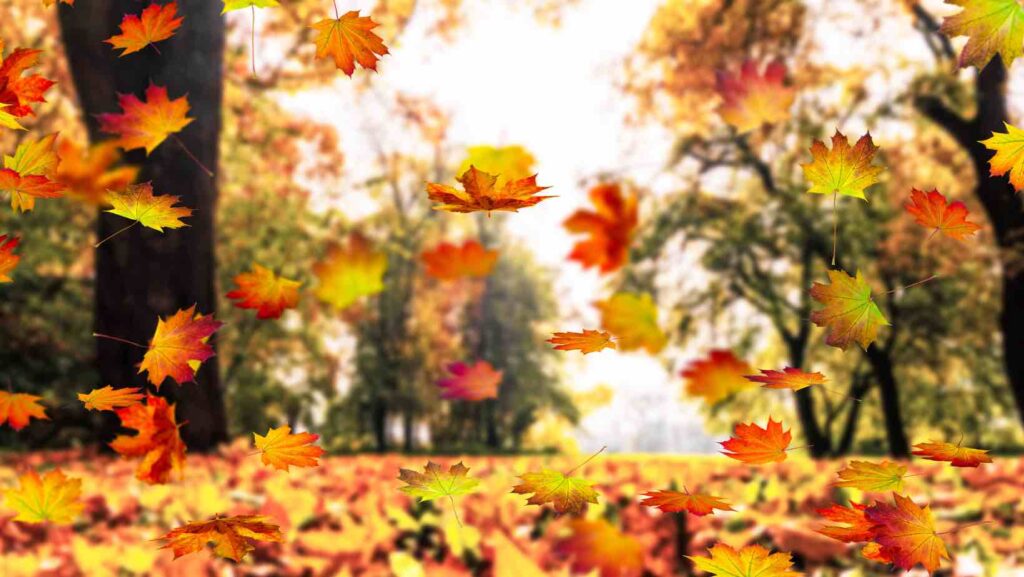Table of Contents
The Science of Fall Colors
Environmental Triggers
Several environmental factors contribute to the initiation of leaf drop. Such as day length and temperature, and a process called abscission.
Day Length and Temperature: Trees respond to environmental cues, such as shorter days and cooler temperatures, signaling the initiation of leaf drop.
Abscission Zone: Trees form an abscission zone at the base of the leaf stem, gradually disconnecting the leaf from the trees.
The Role of Abscission
Abscission serves multiple purposes for trees.
Water Conservation: Abscission prevents water loss during winter when water uptake may be challenging, helping trees conserve resources.
Energy Conservation: Shedding leaves allows trees to redirect energy from maintenance to essential functions, aiding in their winter survival.
Leaf Drop as a Survival Strategy
The seasonal shedding of leaves is not just a passive response to changing environmental conditions; it’s a survival strategy.
Resource Conservation: Deciduous tress shed leaves as a strategy to conserve resources during harsh winter conditions.
Adaptability: The ability to drop leaves and redirect energy showcases the adaptability of deciduous trees to changing seasons.
The Importance of Leaf Litter
Observing the Phenomenon
Seasonal Changes: Take note of the environmental changes, including temperature drops and decreasing daylight hours.
Tree Identification: Identify deciduous trees in your area and observe their unique leaf shapes and colors.



